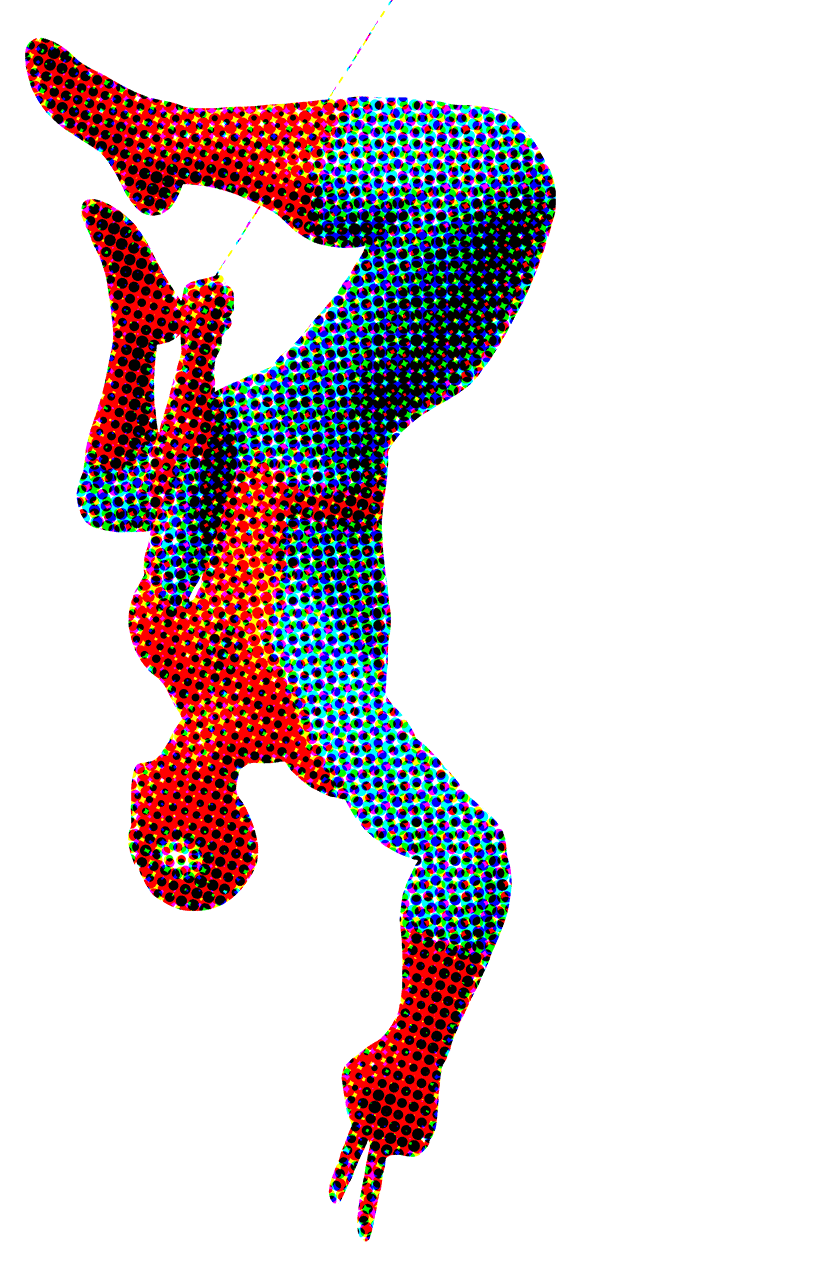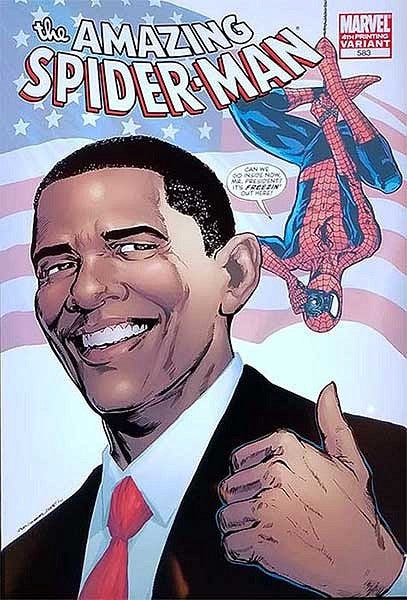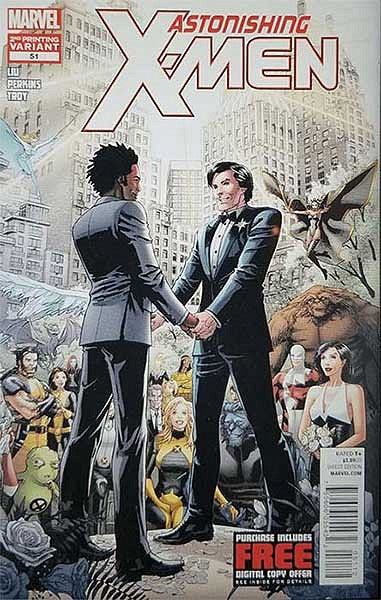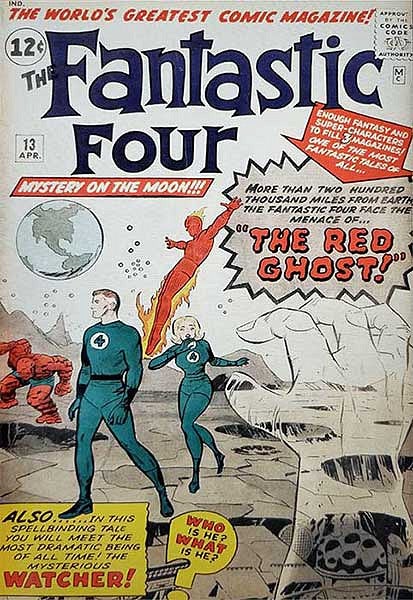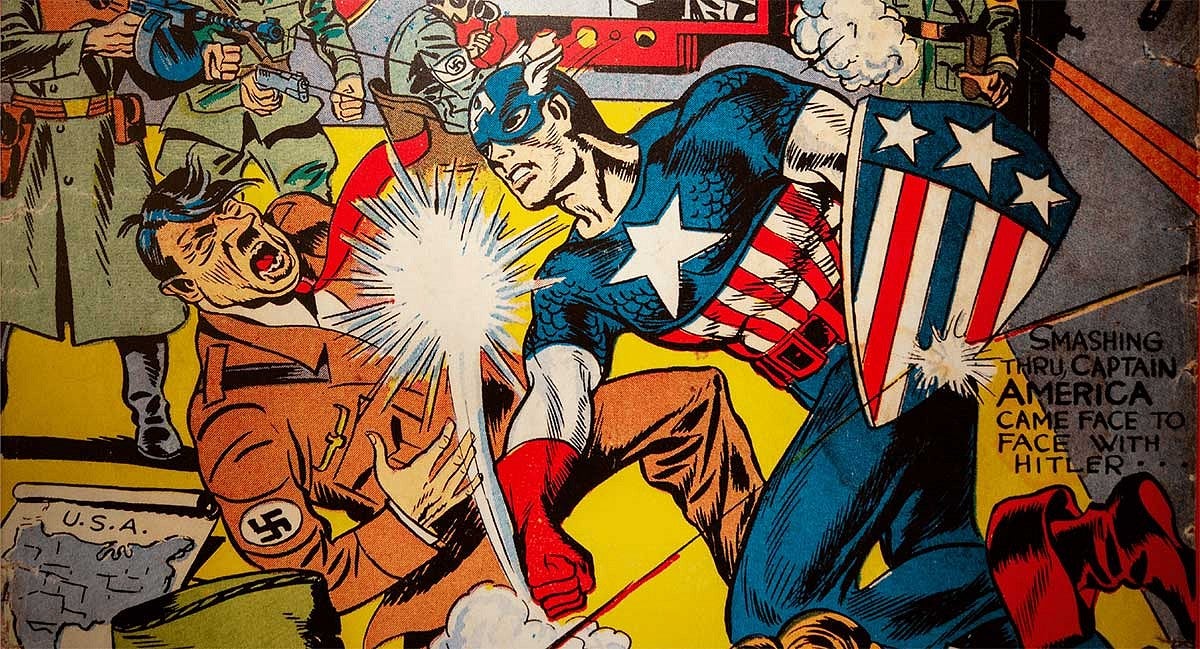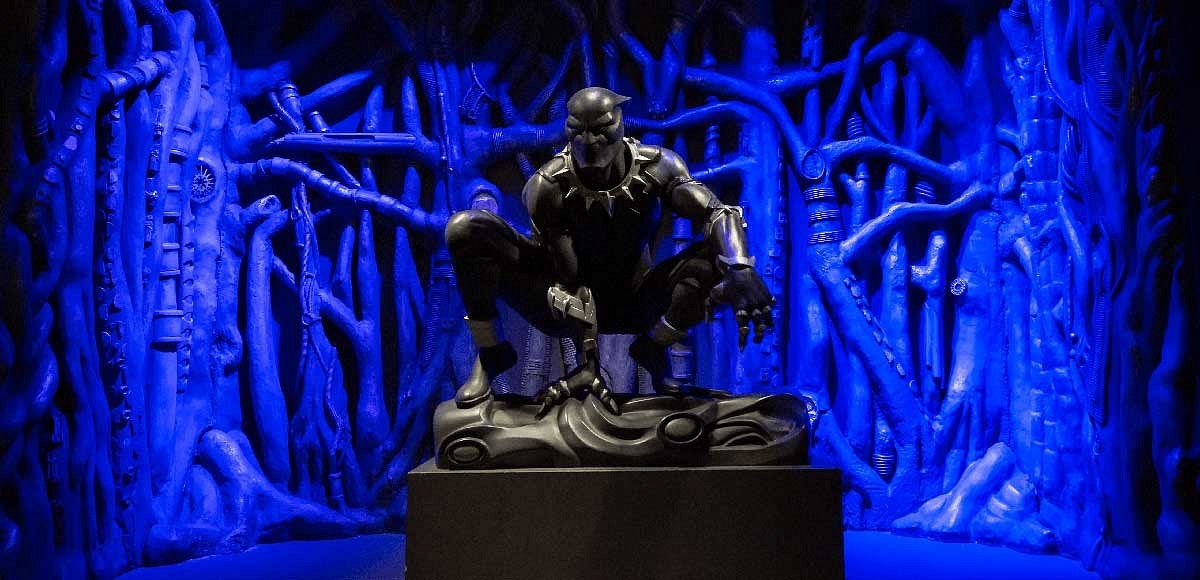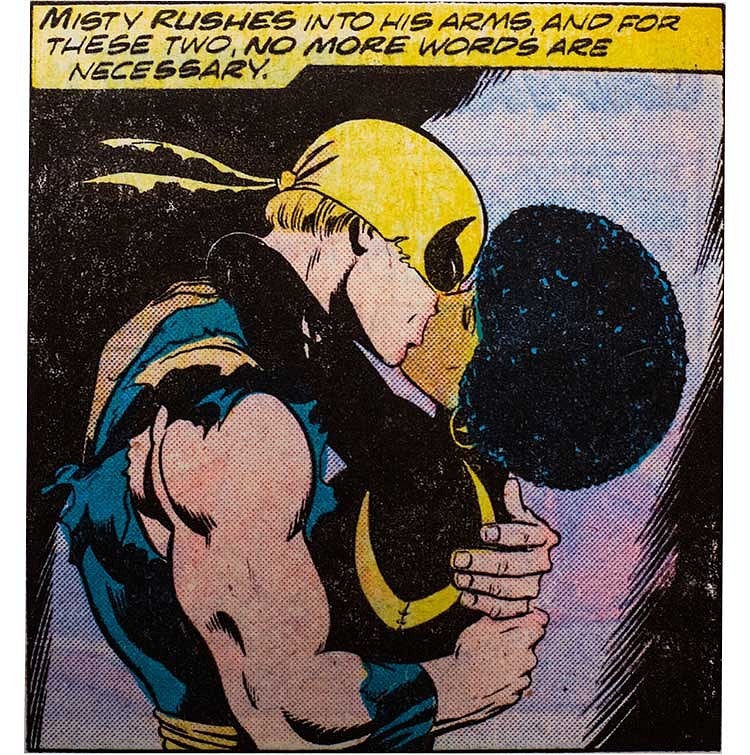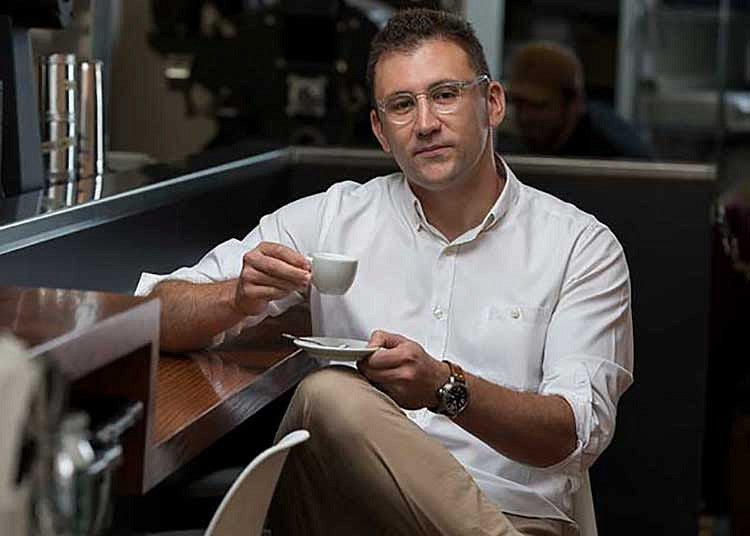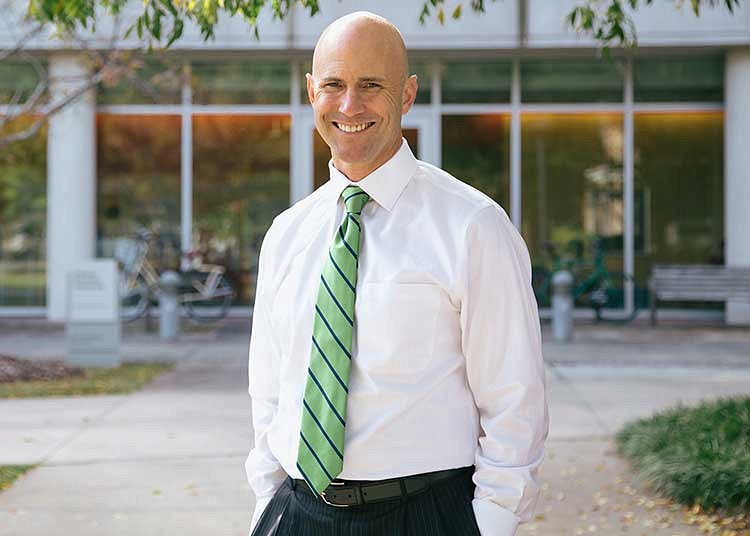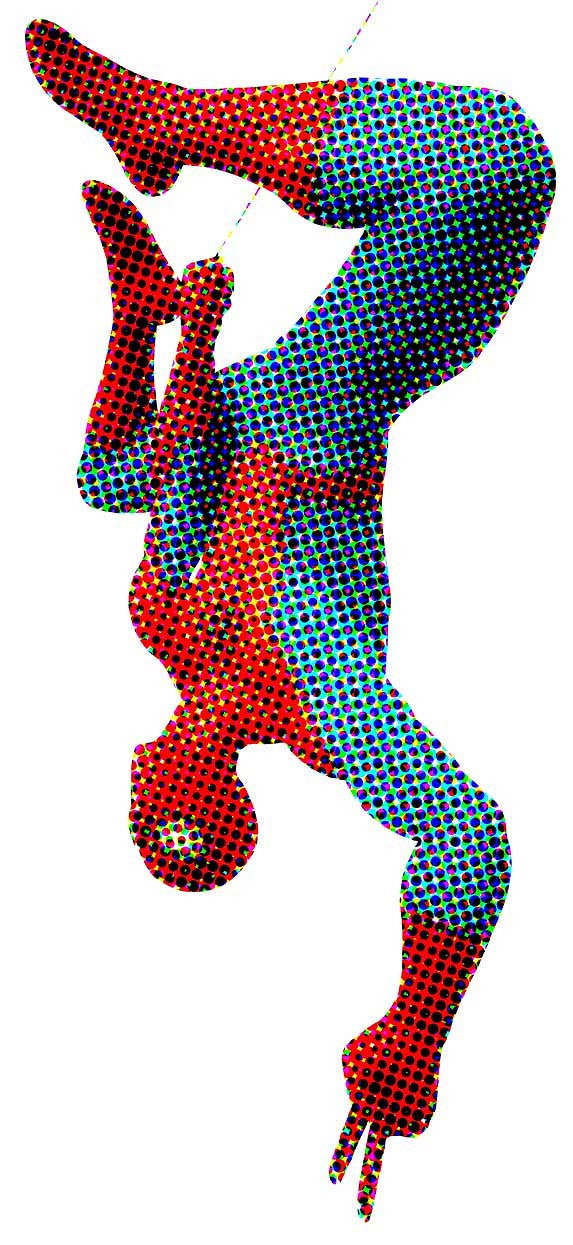
If you traveled back in time to ask a 13-year old version of Ben Saunders “what do you want to be when you grow up?”, his answer would not be “a comic studies professor” — the position he now holds at the University of Oregon.
That’s mostly because the comic-crazed teenager didn’t know it was a career he could aspire to land. Because at the time, it wasn’t.
But thanks to Saunders’ bold leadership, innovative vision and passion for comic art, he founded a comic studies program at the UO in 2012 — the first of its kind in the nation.
“Comics are one of the most effective forms of communication ever devised,” said Saunders, “the question isn’t ‘why should we be studying comics?’ but ‘why haven’t we been studying comics for much longer?’”
Saunders created a space for UO faculty and students to explore one of the most popular and relevant art forms of all time — and invented his dream job in the process.
Saunders recently clinched another dream job he never dreamed of when he was asked to leverage his wealth of expertise to curate an exhibit to celebrate Marvel Comic’s iconic 80 years of publishing history and to highlight the profound role the company has played in American pop culture.
He said yes. And got to work crafting a narrative that would cover eight decades of comic creation — and demonstrate just how much comics matter.
Material of Enduring Social Significance
It’s impossible to ignore the political, social and cultural relevance of comics as you stroll through the Marvel exhibit. That’s very much by Saunders’ design.
“I hope the exhibit convinces people that comic art belongs in museums and in college classrooms. Although Marvel is a commercial brand, it’s also material of enduring aesthetic and social significance.”

As soon as you walk up to the entrance, that enduring significance of comics wallops you like a charging Hulk. A green newsstand is parked outside the exhibit, brimming with colorful comic book covers that align with major events in American history.
A beaming Barack Obama flashes an enthusiastic thumbs-up at Spiderman to celebrate his electoral victory in 2008, a pair of same-sex X-Men trade vows after the Supreme Court ruled in favor of gay marriage, and the Fantastic Four touch down on the surface of the moon after Neil Armstrong’s giant leap for man and super-kind.

As you continue to stroll through the two-stories of props and covers and costumes and multimedia displays, you’re bombarded with proof that, like many other art forms, comics reflect a moment in time. They offer commentary on the biggest issues that society grapples with. They engage with the most important national conversations.
“The impact of the material and the medium is undeniable,” says Saunders, as he gestures to a powerful display containing the bullet-hole-covered hoodie donned by Luke Cage, a black superhero with unbreakable skin.
Saunders wanted to make it abundantly clear that Marvel’s creators have always had a reputation for amplifying their voices, views and insights through comics. The company has not shied away from participating in political discourse.
“This Marvel cover teaches us that superheroes are supposed to punch the Nazis,” Saunders says, as he points to an enlarged poster of Captain America victoriously whopping Hitler. The cover is dated March of 1941, several months before the United States would officially enter World War II after the attack on Pearl Harbor.
Representation in Comic Art
“I want people to be able to stand in any part of the exhibit and see a representation of a woman or a character of color, alongside the more familiar white, male characters,” says Saunders, as he spins around to admire a life-sized sculpture of a crouching Black Panther, the first black superhero to grace the pages of a comic book. It is one of several sculptures that Saunders commissioned for the exhibit.
Black Panther is just one of Marvel’s efforts to portray a marginalized community in comic panels and on movie screens. The company has an impressive history of progressive firsts in the representation department: the first interracial kiss (Iron Fist and Misty Knight), the first black superhero (Black Panther), the first African-American superhero to land a cover (the Falcon), and the X-Men, the New Mutants, the Inhumans and the Young Avengers — characters whose superpowers function as a metaphor for sexual and racial difference.
One of Saunders’ personal favorites is Ms. Marvel, the first Muslim-American superhero, who was originally created as a white woman in the 1960s before she was re-introduced as Pakistani-American Khamala Khan in 2013.
As Saunders stands next to a vibrant statue of Ms. Marvel in his bright plum pants, a volunteer at the Seattle exhibit tells him about a young Pakistani girl who was positively giddy when she stumbled upon the sculpture, as she saw herself represented in a striking display of superhero girl power.
A delighted Saunders gives Ms. Marvel's enlarged first an enthusiastic bump to celebrate the power of representation in comic art.
The Human Touch
The human experience is a common thread that Saunders weaves through the exhibit — and not just among Marvel’s characters and how they are used to reflect societal issues and diversity. Saunders chose to prominently feature the company’s creators and highlight the critical role of the artist, a move that is not surprising since he pivoted from following characters to creators as a young fan of the medium.
His desire to integrate creators into the exhibit did not come without challenges. Some of the pieces that Saunders was most interested in obtaining were original artworks — the unique, hand-drawn covers and pages from which comics were printed. But Marvel did not keep this material, and only a small number of official galleries and institutions, like the Library of Congress, made any effort to preserve it. Consequently, the original art, depicting some of the most important moments in comic book history, has either been scooped up by private collectors — or is feared lost.
But Saunders was not deterred by this hurdle, because he believes original art showcases the importance of the humans creating the art — as you see their ideas and vision and personal style evolve and come to life through pencil strokes and erase marks and sketched outlines. He conducted an impressive nationwide scavenger hunt to ensure some of these critical pieces would be included in the exhibit and people could see the power of the human touch.
"We owe an enormous debt of gratitude to the private collectors who loaned artworks to this show — without their generosity no one would get to see these beautiful and unique art pages.”
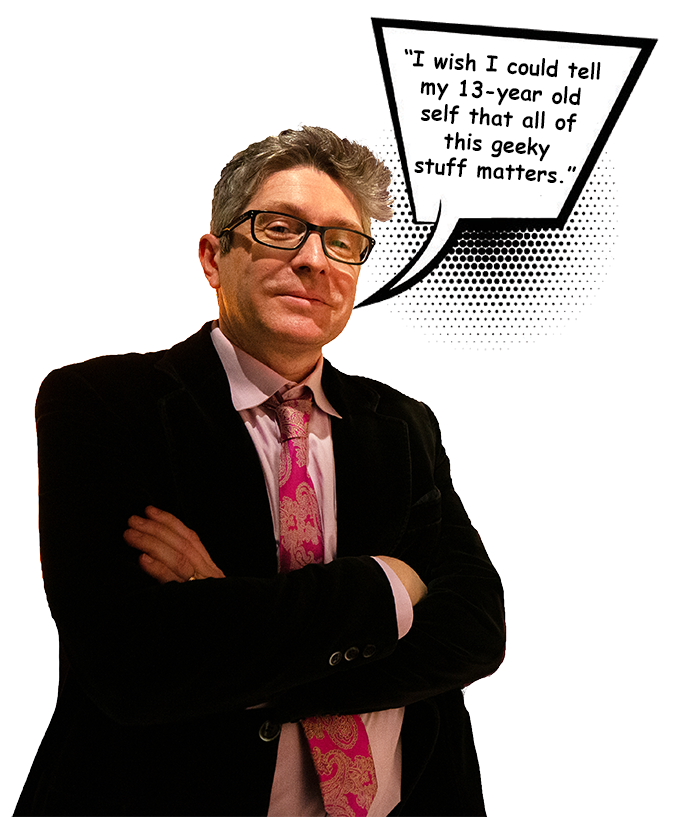
Comics and Cartoon Studies at the UO
Saunders has never needed to be convinced that comic art should be an academic pursuit — but he wants the Marvel exhibit to convert any skeptics.
“I hope that everyone will appreciate that this stuff is indeed worth their attention and the attention of a college professor and university students.”
This deep-seated belief in comics was the driving force behind the creation of the comic and cartoon studies minor at the UO, and it all started with a lecture on Superman. Saunders recruited the help of Superman — a character involved in critical moments like the Great Depression and American values in the face of capitalism — to demonstrate the relevance of comic studies and make a case for how popular it could be as an academic pursuit. It worked. People were captivated by the subject matter and saw the value of inserting comics into classrooms at the UO.
Students now have the opportunity to take classes that help them develop an international, historical, and critical perspective on the art form. Through superheroes, graphic novels, and animation, these young scholars deepen their understanding of global culture, history, politics and social dynamics. The innovative courses and research at the University of Oregon have established the institution as one of the best places in the country for students to explore comic studies.
The UO also offers a host of extracurricular activities and opportunities for comic and cartoon enthusiasts, including Art Ducko, a student comics magazine, regular lectures and panel discussions with industry professionals and internships with publishing companies — like Marvel Comics.
“I wish I could tell my 13-year-old self that all of this geeky stuff matters. And that everybody is actually really going to care about it in another 30 years.”
Comic studies is one of hundreds of major and minors that students can explore at the University of Oregon, to connect their interest and passions to areas of studies that, like Ben, may lead them to places and careers they could only imagine.
Marvel Universe of Super Heroes Exhibit
The Franklin Institute
Philadelphia, Penn.
April 13, 2019 – September 2, 2019
Buy Tickets
TELLUS World of Science
Edmonton, Alberta, Canada
October 19, 2019 – February 17, 2020
Buy Tickets
Museum of Pop Culture (MoPOP)
Seattle, Wash.
April 21, 2018 - March 3, 2019
CLOSED



